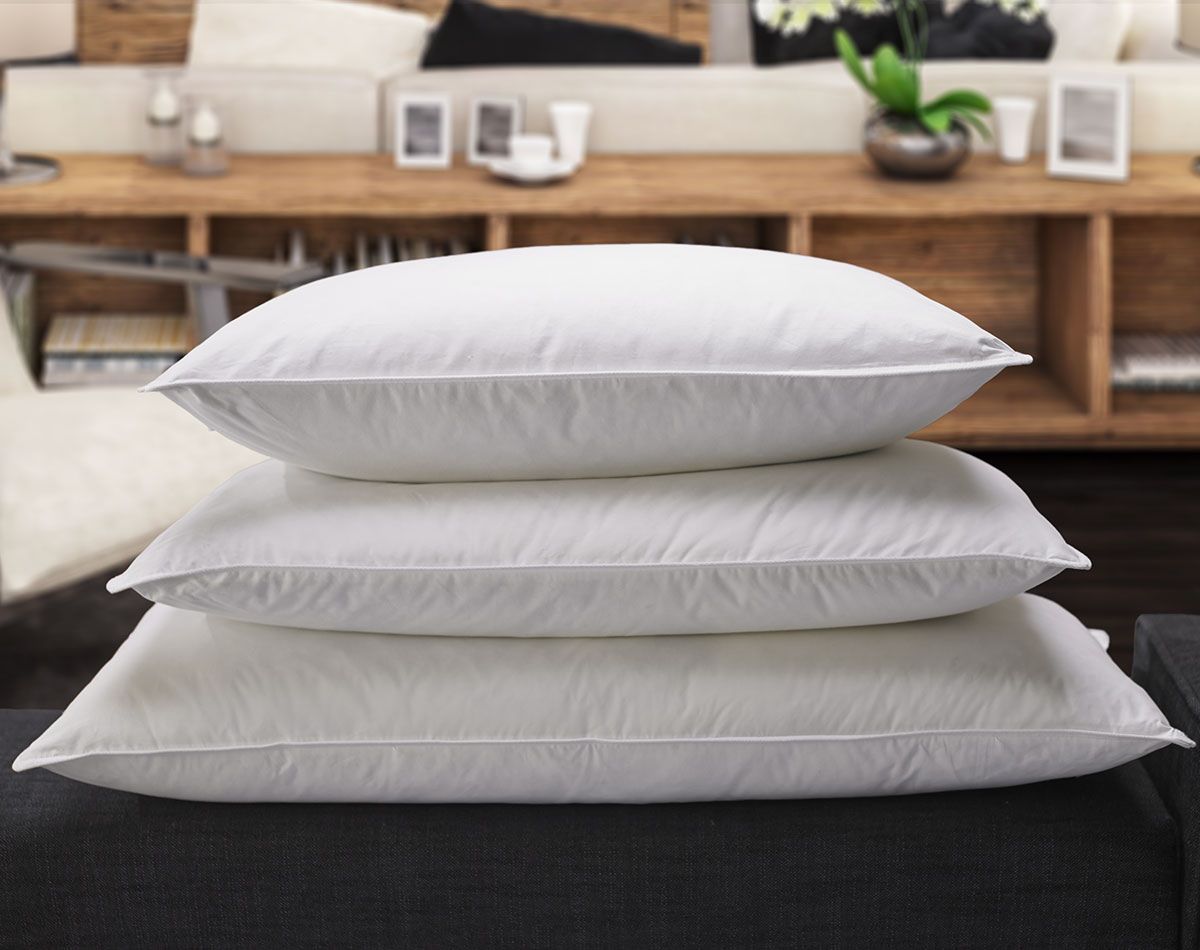

Articles
How To Store Pillows
Modified: January 6, 2024
Looking for articles on how to store pillows? Find tips and tricks to keep your pillows clean and fresh, maximizing their lifespan and comfort.
(Many of the links in this article redirect to a specific reviewed product. Your purchase of these products through affiliate links helps to generate commission for Storables.com, at no extra cost. Learn more)
Introduction
When it comes to keeping our homes clean and organized, we often overlook the importance of properly storing our pillows. Pillows play a crucial role in providing comfort and support while we sleep, so it’s essential to take the necessary steps to maintain their quality and extend their lifespan. Proper pillow storage not only keeps them clean and fresh but also helps prevent the accumulation of dust, allergens, and unpleasant odors.
In this article, we will explore the importance of proper pillow storage and provide you with a step-by-step guide on how to store your pillows effectively. By following these simple yet effective techniques, you can keep your pillows in pristine condition and ensure a peaceful and hygienic sleeping environment.
Key Takeaways:
- Proper pillow storage is crucial for maintaining cleanliness, preventing odors, and preserving shape and support. Follow the step-by-step guide to ensure your pillows remain fresh and ready for use.
- Regularly checking and refreshing your pillow storage is essential to maintain quality and extend their lifespan. Keep your pillows clean, fresh, and well-preserved for years to come.
Read more: How To Store Pregnancy Pillow
Why Proper Pillow Storage is Important
Proper pillow storage is crucial for several reasons. Here are a few key reasons why you should pay attention to how you store your pillows:
- Prolongs Pillow Lifespan: By storing your pillows correctly, you can extend their lifespan and get the most out of your investment. Proper storage prevents damage, such as tearing, crushing, or clumping, which can diminish the pillow’s effectiveness and comfort over time.
- Maintains Cleanliness: Pillows can accumulate dust, sweat, skin cells, and allergens over time. Proper storage helps keep your pillows clean and free from these contaminants. This is especially important for individuals with allergies or asthma, as dirty pillows can exacerbate these conditions.
- Prevents Odors: Pillows are exposed to body oils, sweat, and other substances that can cause unpleasant odors. Storing them properly reduces the chances of these odors lingering and ensures that your pillows smell fresh and clean.
- Preserves Pillow Shape and Support: Improper storage can lead to flattening, misshaping, or loss of support in your pillows. By following proper storage techniques, you can help maintain their shape and ensure that they continue to provide the right level of comfort and support for your neck and head.
- Convenience and Organization: Properly stored pillows are easier to locate and access when you need them. Whether you’re rotating pillows, storing seasonal ones, or simply decluttering your space, organizing them correctly saves time and effort.
In summary, proper pillow storage not only helps to prolong their lifespan but also ensures cleanliness, prevents odors, preserves their shape and support, and adds convenience to your home organization. Now that you understand the importance of proper pillow storage, let’s explore step-by-step how to store pillows effectively.
Step 1: Clean the Pillows
The first step in proper pillow storage is to ensure that they are clean before you pack them away. Over time, pillows can accumulate sweat, dirt, oils, and allergens, so it’s essential to give them a thorough cleaning. Follow these steps to clean your pillows:
- Check the care instructions: Before cleaning your pillows, check the care label for any specific instructions. Some pillows may require dry cleaning, while others can be machine washed.
- Machine washable pillows: If your pillows are machine washable, use a gentle cycle and mild detergent. It’s best to wash two pillows at a time to balance the load in the machine. Adding a couple of towels can help prevent the pillows from becoming lumpy during the cycle.
- Hand washable or dry clean only pillows: If your pillows are not machine washable, follow the care instructions for hand washing or take them to a professional cleaner for dry cleaning. Hand washing typically involves filling a basin with lukewarm water and a mild detergent. Gently agitate the pillow and rinse thoroughly.
- Drying: Properly drying your pillows is crucial to prevent mold and mildew growth. Place machine washable pillows in the dryer on a low heat setting or air fluff. It’s a good idea to add a couple of clean tennis balls or dryer balls to help fluff the pillows while they dry. For hand washable or dry clean only pillows, squeeze out excess water and lay them flat to air dry.
- Fluff and reshape: Once the pillows are dry, give them a good fluffing to restore their shape and loft. Gently kneading and pressing on the pillows will help redistribute the filling and eliminate any clumps.
By cleaning your pillows before storage, you remove dirt, sweat, allergens, and odors, ensuring that they are fresh and ready to be packed away. Clean pillows also help maintain a hygienic sleeping environment when you bring them back out in the future. With your pillows clean and refreshed, you’re now ready to move on to the next step – choosing the right storage bag.
Step 2: Choose the Right Storage Bag
Choosing the right storage bag is crucial to protect your pillows from dust, moisture, pests, and other potential damage during storage. Consider the following factors when selecting a storage bag:
- Material: Opt for a breathable material to allow air circulation and prevent the build-up of moisture. Avoid plastic bags, as they can trap moisture and potentially cause mold or mildew to develop.
- Size: Choose a storage bag that is large enough to accommodate your pillows comfortably. You want to avoid compressing the pillows too much, as this can affect their shape and loft.
- Closure: Look for a storage bag with a secure closure to keep out dust, pests, and humidity. Zippered bags or bags with heavy-duty Velcro closures are good options.
- Transparency: Consider using a transparent storage bag or one with a clear window. This makes it easier to identify and locate specific pillows when needed, without having to open every bag.
- Durable: Ensure the storage bag is made of durable material that can withstand storage conditions and potential handling. This will help protect your pillows and ensure the bag lasts for multiple storage cycles.
Once you have selected the appropriate storage bag, you’re one step closer to preserving your pillows effectively. The next step is to vacuum seal the pillows for compact and airtight storage. Let’s proceed to the next step to learn how to do this.
Step 3: Vacuum Seal the Pillows
Vacuum sealing your pillows is an excellent way to save space and create an airtight barrier, preventing dust, dirt, and moisture from reaching them. Follow these steps to vacuum seal your pillows:
- Gather your materials: You will need a vacuum-seal storage bag specifically designed for pillows, along with a vacuum cleaner with a hose attachment.
- Prepare the bag: Open the vacuum-seal bag and ensure the zippered closure is fully open. This will make it easier to insert the pillows.
- Insert the pillows: Carefully insert your clean and fluffed pillows into the bag, making sure not to overstuff or compress them too much. Leave enough room to properly seal the bag.
- Seal the bag: Once the pillows are inside the bag, close the zippered closure as tightly as possible. Ensure it is securely sealed to create an airtight environment.
- Attach the vacuum cleaner: Locate the one-way valve of the storage bag, typically located near the zippered closure. Attach the hose of your vacuum cleaner securely to the valve.
- Start the vacuum cleaner: Turn on your vacuum cleaner and begin extracting the air from the bag. The vacuum will remove excess air, compressing the pillows and creating a tight seal.
- Monitor the process: Keep an eye on the bag as it is being vacuum-sealed to ensure there are no leaks or issues. Once the bag is fully compressed and the pillow is tightly sealed, turn off the vacuum cleaner.
- Secure the valve: Once the vacuum cleaner is off, quickly remove the hose from the valve and immediately close the valve tightly. This will prevent any air from re-entering the bag.
By vacuum sealing your pillows, you not only save valuable storage space but also create a barrier that protects them from dust, dirt, moisture, and pests. This ensures that your pillows remain clean, fresh, and ready for use when you retrieve them from storage. Now that your pillows are vacuum-sealed, it’s time to find the ideal location for storing them. Let’s move on to the next step.
Read more: How To Store Extra Pillows
Step 4: Find the Ideal Storage Location
Choosing the right storage location for your vacuum-sealed pillows is crucial to maintain their quality and protect them from potential damage. Consider the following factors when determining the ideal storage location:
- Clean and dry area: Select a storage area that is clean and free from moisture or excess humidity. Moisture can lead to mold, mildew, and unpleasant odors, which can affect the quality of your pillows.
- Temperature: Optimal storage temperature for pillows ranges between 50 to 70 degrees Fahrenheit (10 to 21 degrees Celsius). Extreme temperature fluctuations can impact the pillow’s integrity, so avoid storing them in areas prone to temperature variations.
- Avoid direct sunlight: Keep your pillows away from direct sunlight. Prolonged exposure to sunlight can cause fabric discoloration and weaken the materials, leading to a shorter lifespan.
- Elevated storage: If possible, store your pillows on elevated surfaces to prevent contact with the ground. This will help protect them from potential dampness or pests that may reside on the floor.
- Accessible but protected: Choose a storage location that is easily accessible when you need to retrieve your pillows. However, ensure that they are still protected from dust and potential damage. Consider using storage bins, shelves, or closets to keep your pillows organized and shielded.
- Consider climate-controlled storage: If you live in an area with extreme climate conditions or high humidity levels, consider using a climate-controlled storage unit. These units maintain stable temperature and humidity levels, providing optimal conditions for your pillows.
Once you have found the ideal storage location for your vacuum-sealed pillows, you can move on to the next step – ensuring that they are protected from moisture and humidity. Let’s explore this step in detail.
Store pillows in a cool, dry place to prevent mold and mildew. Use a breathable storage bag or pillowcase to protect them from dust. Fluff and rotate pillows regularly to maintain their shape.
Step 5: Avoid Moisture and Humidity
Moisture and humidity can be detrimental to the quality and condition of your stored pillows. To protect them from these elements, follow these tips:
- Use moisture-absorbing products: Place moisture-absorbing products like silica gel packets or desiccant pouches near your stored pillows. These products help absorb excess moisture and prevent the growth of mold or mildew.
- Avoid damp areas: Keep your pillows away from areas that are prone to moisture, such as basements, attics, or bathrooms. These areas can have high humidity levels, which can promote the growth of mold and mildew.
- Consider using moisture barriers: If your storage location is prone to moisture or humidity, you may want to consider using a moisture barrier, such as a plastic sheet or waterproof cover, to provide an extra layer of protection for your stored pillows.
- Check for leaks: Regularly inspect the storage area for any signs of leaks or water damage. This includes checking for leaks from pipes, roofs, or windows. Fix any identified issues promptly to prevent moisture from affecting your pillows.
- Monitor humidity levels: Use a hygrometer to monitor the humidity levels in the storage area. Ideally, aim for humidity levels between 40% to 50%. If the humidity levels exceed this range, consider using a dehumidifier to reduce moisture in the space.
- Properly ventilate the storage area: Good ventilation can help reduce moisture buildup. Ensure that the storage area has proper air circulation by opening windows or using fans to keep the air moving.
By taking precautions to avoid moisture and humidity, you can ensure that your stored pillows remain clean, dry, and in optimal condition. This step is vital in preserving their quality and preventing any potential damage. Now that you have protected your pillows from moisture, let’s move on to the next step – safeguarding them from pests.
Step 6: Protect Pillows from Pests
Pests, such as insects and rodents, can wreak havoc on stored pillows. To safeguard your pillows from these unwanted visitors, follow these steps:
- Choose a pest-resistant storage area: Select a storage location that is known to be pest-free and well-maintained. Avoid areas where pests are commonly found, such as basements or garages.
- Seal any entry points: Inspect the storage area for any cracks, gaps, or openings that pests could use to access your pillows. Seal these entry points using caulk or other appropriate sealants.
- Use pest repellents: Consider using natural pest repellents, such as cedar chips or lavender sachets, near your stored pillows. These scents are known to repel pests and can act as a deterrent.
- Avoid food storage: Do not store food items near your pillows. Food can attract pests and increase the likelihood of infestation.
- Regularly inspect the storage area: Take the time to inspect the storage area periodically for any signs of pests, such as droppings, chewed materials, or insect activity. If you notice any evidence of pests, take immediate action to address the issue.
- Consider using pest control methods: If you have a persistent pest problem, consult with a pest control professional to discuss appropriate measures to eliminate pests and prevent future infestations.
By taking preventive measures to protect your pillows from pests, you can ensure that they remain in pristine condition during storage. This step is crucial to preserving the quality and cleanliness of your pillows. Now that you have safeguarded your pillows from pests, let’s explore the next step – labeling and organizing the storage area.
Step 7: Label and Organize the Storage Area
Labeling and organizing the storage area will make it easier for you to locate and retrieve your pillows when needed. Follow these steps to effectively label and organize your storage space:
- Clear labeling: Use clear and descriptive labels on your storage bins or containers. Clearly indicate that they contain pillows and include any additional information that may be helpful, such as the size, type, or seasonality of the pillows.
- Grouping similar pillows: Group similar pillows together based on their type, size, or purpose. This will help you easily find the specific pillows you are looking for without having to search through all the storage containers.
- Create an inventory list: Make an inventory list of the pillows you have stored, including details such as the quantity, type, and any specific characteristics. This list will serve as a reference when you need to retrieve or organize your pillows.
- Arrange for easy access: Organize your storage area in a way that allows easy access to the pillows you frequently use or rotate. Place these pillows towards the front or in easily accessible containers for convenience.
- Utilize shelving or storage units: Invest in storage shelves or cabinets to help keep your pillows organized and easily accessible. Use clear plastic bins or storage bags to store and stack your pillows neatly.
- Consider color-coding: If you have a large collection of pillows or different types based on color or pattern, consider color-coding your storage containers or using colored labels. This will make it even simpler to identify specific pillows.
- Keep the inventory up to date: Regularly update your inventory list as you add or remove pillows from storage. This will help you maintain an accurate record of what you have stored and prevent confusion or duplication.
By labeling and organizing your storage area, you ensure that your pillows are easily accessible and well-maintained. It saves you time and effort when retrieving or rearranging your pillows. Now that your storage space is properly organized, let’s move on to the final step – regularly checking and refreshing your pillow storage.
Read more: How To Store Seasonal Pillows
Step 8: Regularly Check and Refresh
Regularly checking and refreshing your pillow storage is essential to maintain the quality and cleanliness of your pillows. Follow these steps to ensure your stored pillows remain in optimal condition:
- Schedule periodic checks: Set a reminder to check your stored pillows at least once or twice a year. This allows you to assess their condition and address any potential issues promptly.
- Inspect for damage or wear: Take the time to inspect each pillow for any signs of damage, wear, or clumping. If you notice any tears, flattened areas, or lumps, consider replacing the pillow or taking appropriate measures to restore its shape.
- Check for pests: During your inspection, be on the lookout for any signs of pests, such as droppings, nesting materials, or insect activity. If you detect any pest-related issues, address them immediately to prevent further damage.
- Fluff and redistribute filling: Periodically fluff and redistribute the filling within your pillows to maintain their shape and support. Gently knead and press on the pillows to redistribute the filling and eliminate any clumps that may have formed.
- Replace storage bags if needed: If you notice any damage or signs of wear on the storage bags, consider replacing them to ensure proper protection for your pillows. Damaged or deteriorated storage bags may compromise the cleanliness and integrity of the pillows.
- Consider rotating pillows: If you have multiple sets of pillows, consider rotating them during your regular checks. This allows all sets of pillows to be used and prevents one set from being in storage for an extended period.
- Refresh the storage area: Take the opportunity to refresh the storage area during your checks. Wipe down shelves or containers, remove any accumulated dust, and ensure proper organization is maintained.
By regularly checking and refreshing your pillow storage, you can ensure that your pillows stay in excellent condition and extend their lifespan. This step allows you to address any issues promptly and maintain a clean and organized storage space for your pillows.
Congratulations! You have now completed all the necessary steps to store your pillows properly. By following these guidelines, your pillows will remain clean, fresh, and ready for use whenever you need them. Enjoy a comfortable and restful sleep with your well-maintained pillows!
Conclusion
Properly storing your pillows is essential for maintaining their quality, cleanliness, and overall comfort. By following the steps outlined in this guide, you can ensure that your pillows remain fresh, protected, and ready for use whenever you need them.
We started by emphasizing the importance of pillow storage and how it helps prolong their lifespan, maintain cleanliness, prevent odors, and preserve their shape and support. From there, we walked through the step-by-step process to store your pillows effectively.
We learned the importance of cleaning the pillows before storage, choosing the right storage bag, and vacuum sealing them to save space and create an airtight barrier. We explored strategies for finding the ideal storage location, avoiding moisture and humidity, protecting pillows from pests, and organizing the storage area with proper labeling and inventory lists.
Lastly, we emphasized the importance of regularly checking and refreshing your pillow storage. Periodic inspections allow you to address any potential issues, such as damage or pests, and maintain the cleanliness and integrity of your pillows.
Remember, proper pillow storage not only extends the lifespan of your pillows but also contributes to a hygienic and comfortable sleeping environment. By implementing these guidelines, you can enjoy clean, fresh, and well-preserved pillows for years to come.
Now it’s time to put this knowledge into action and give your pillows the care they deserve. So go ahead, follow the steps, and enjoy the benefits of properly stored and maintained pillows!
Frequently Asked Questions about How To Store Pillows
Was this page helpful?
At Storables.com, we guarantee accurate and reliable information. Our content, validated by Expert Board Contributors, is crafted following stringent Editorial Policies. We're committed to providing you with well-researched, expert-backed insights for all your informational needs.


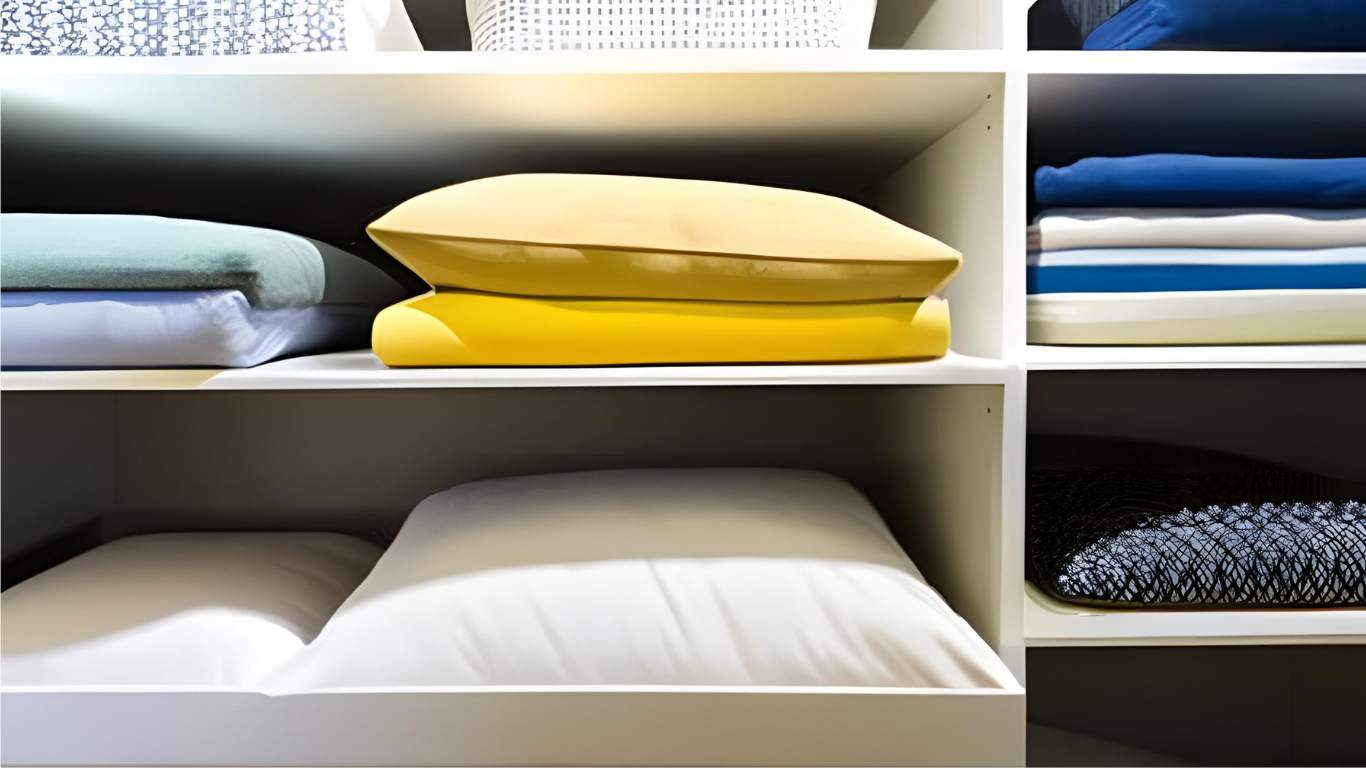
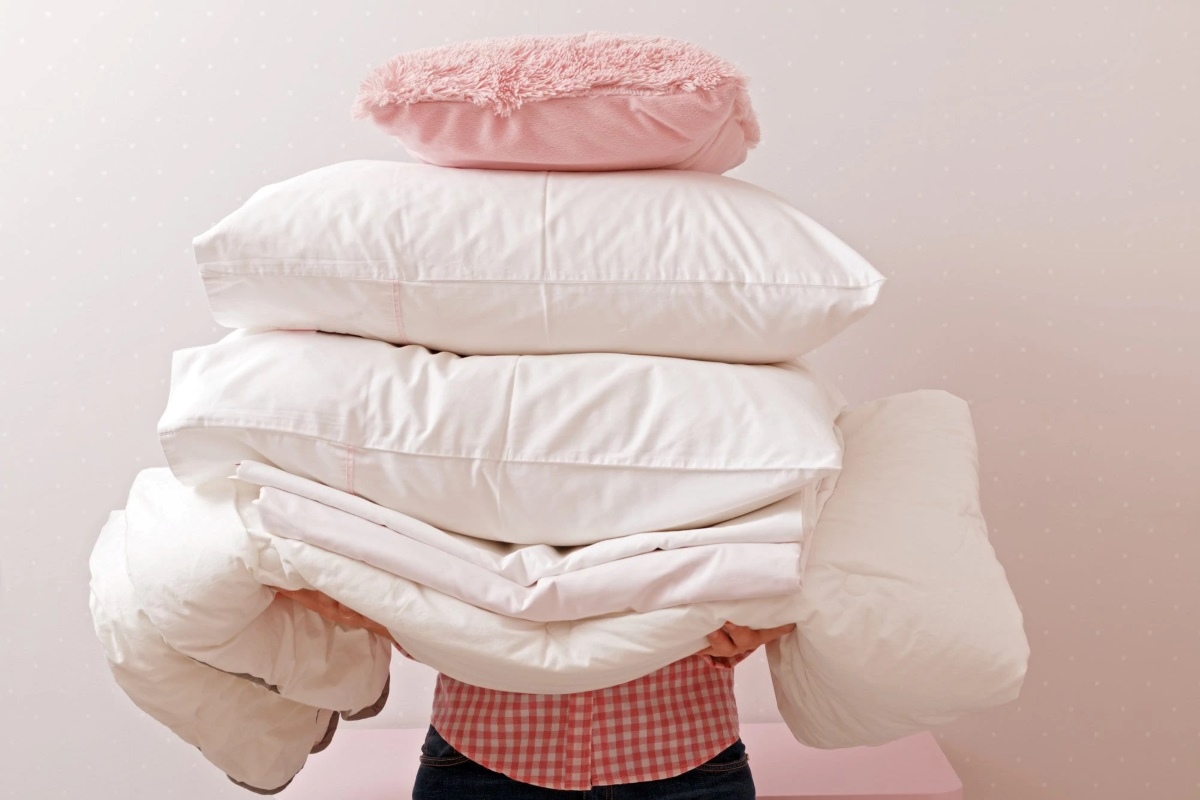
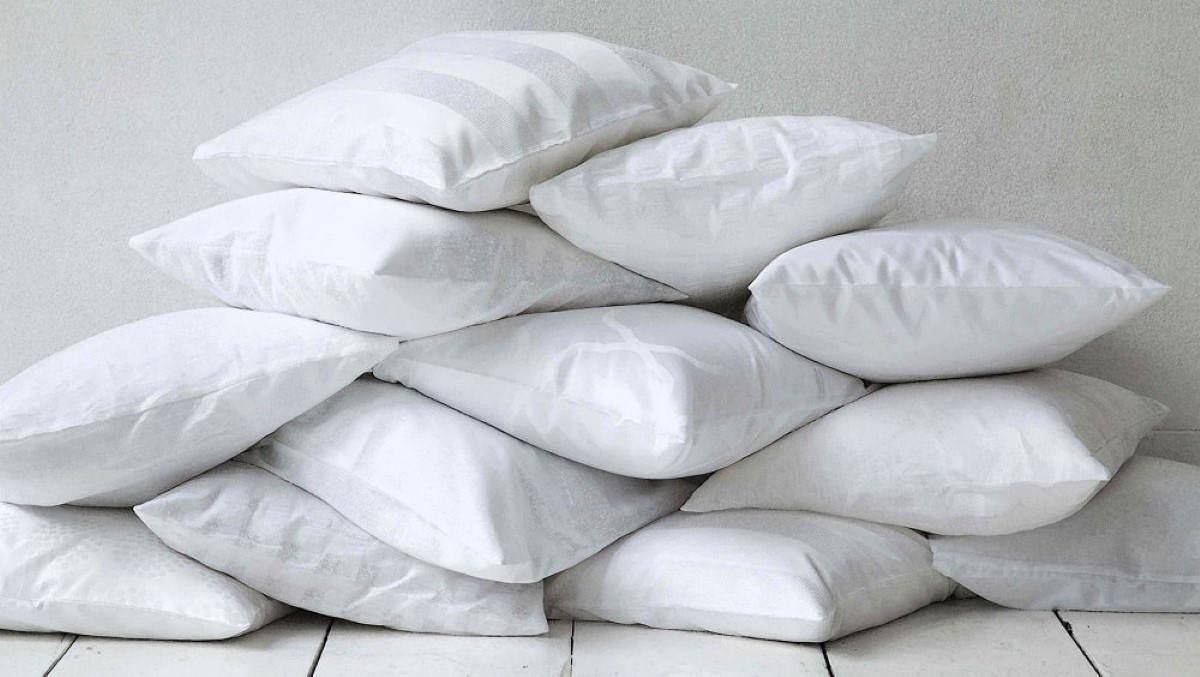

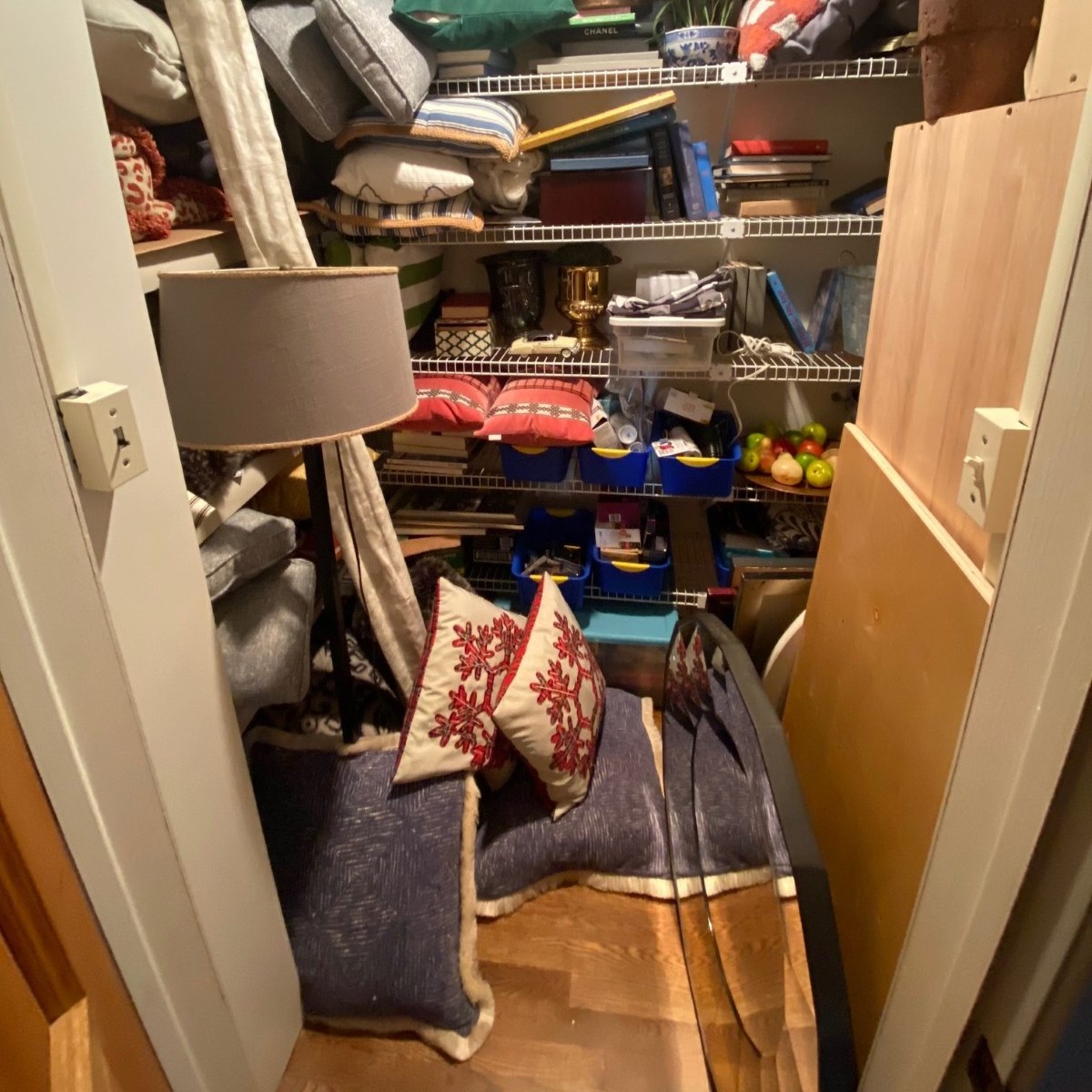
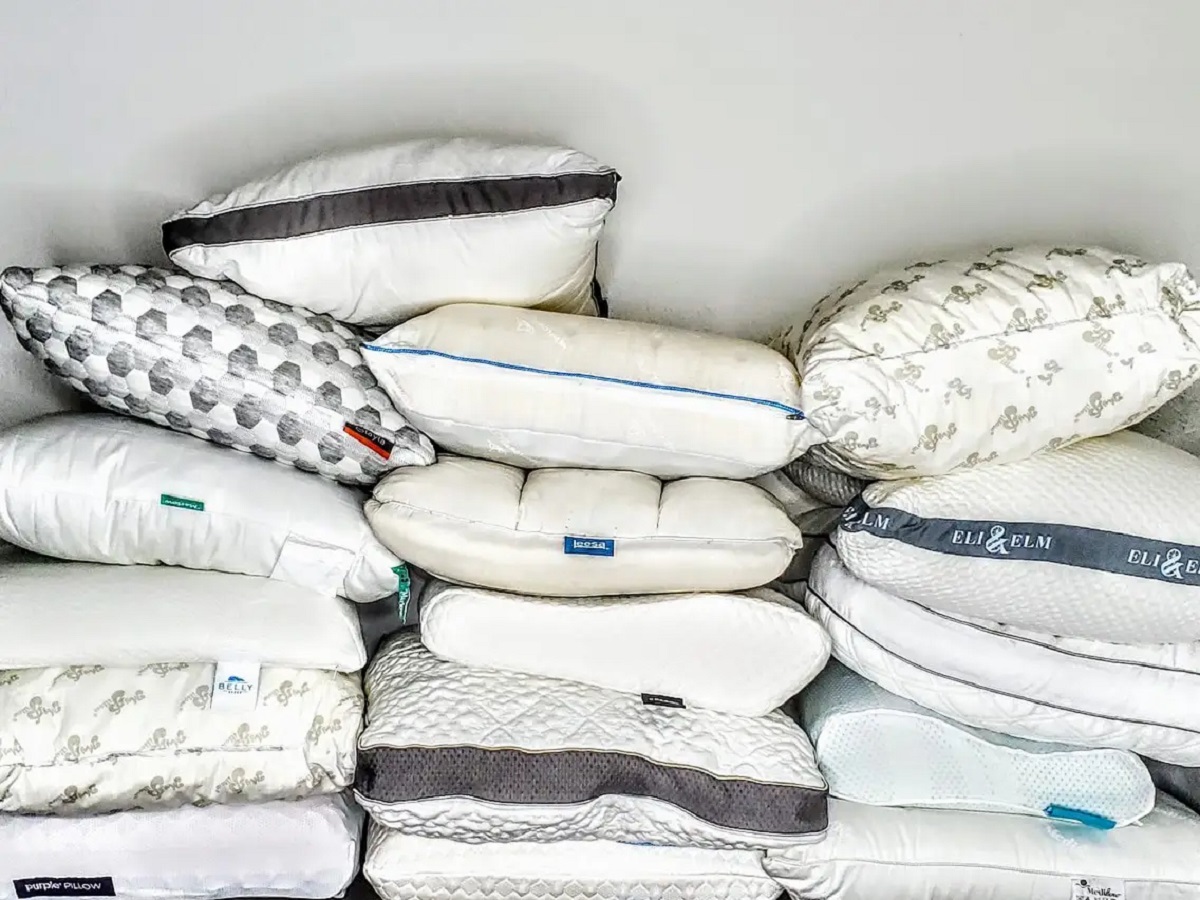
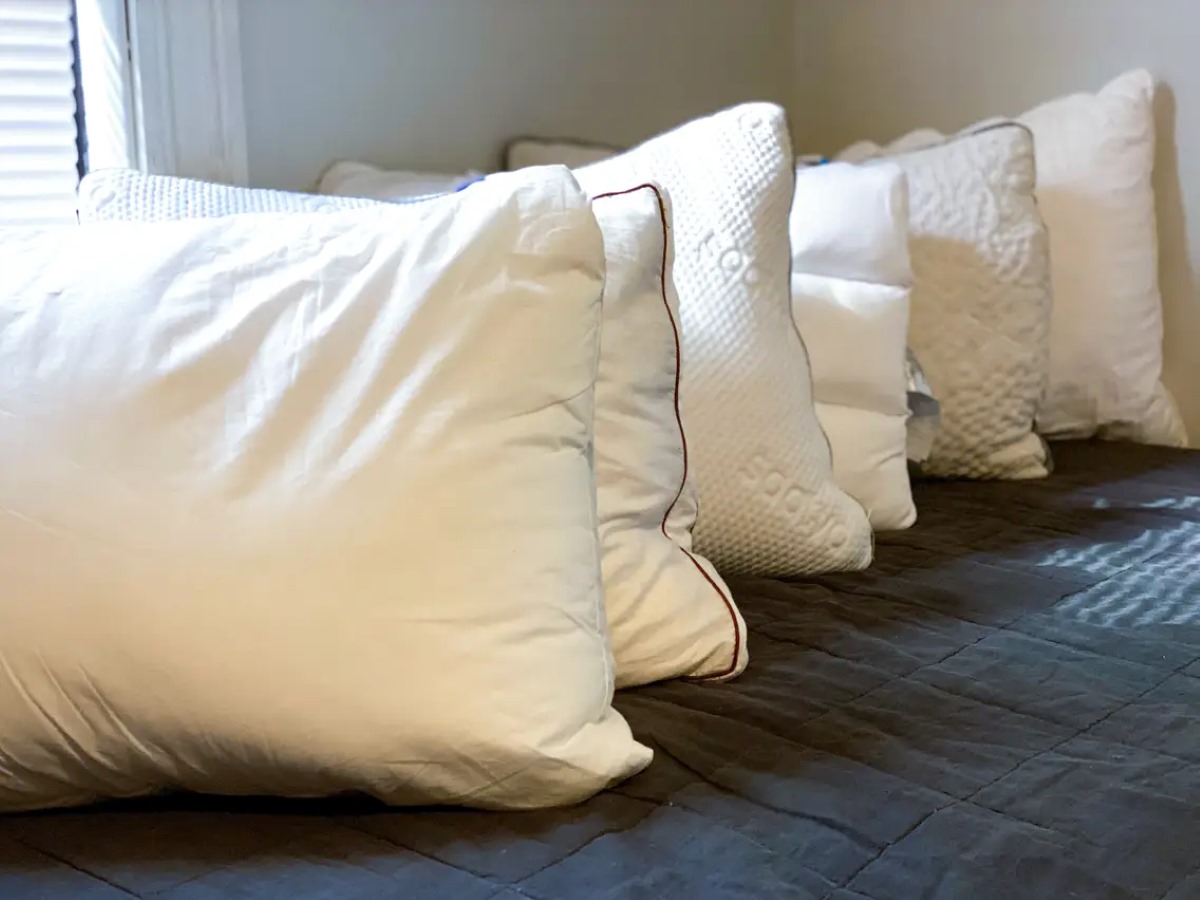
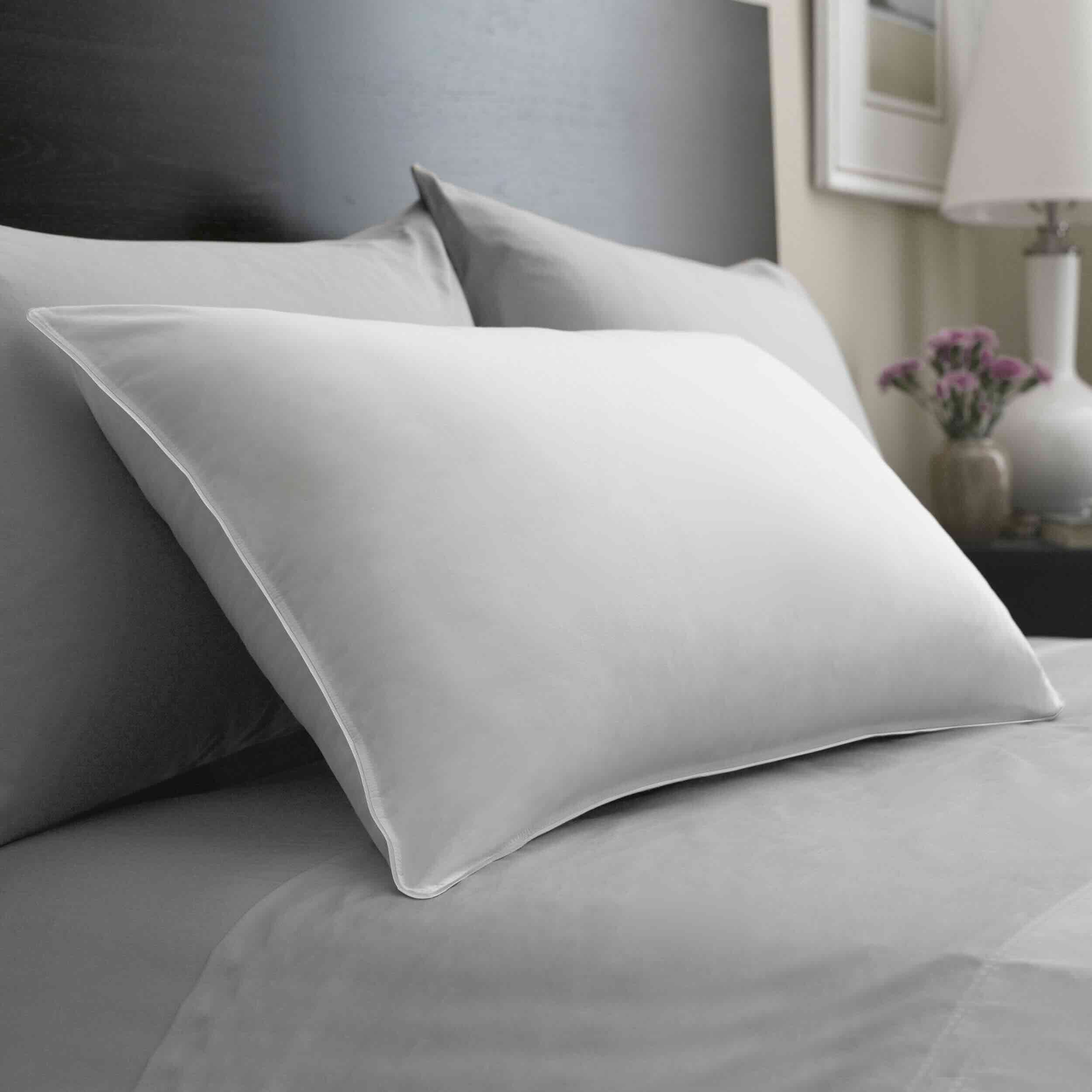

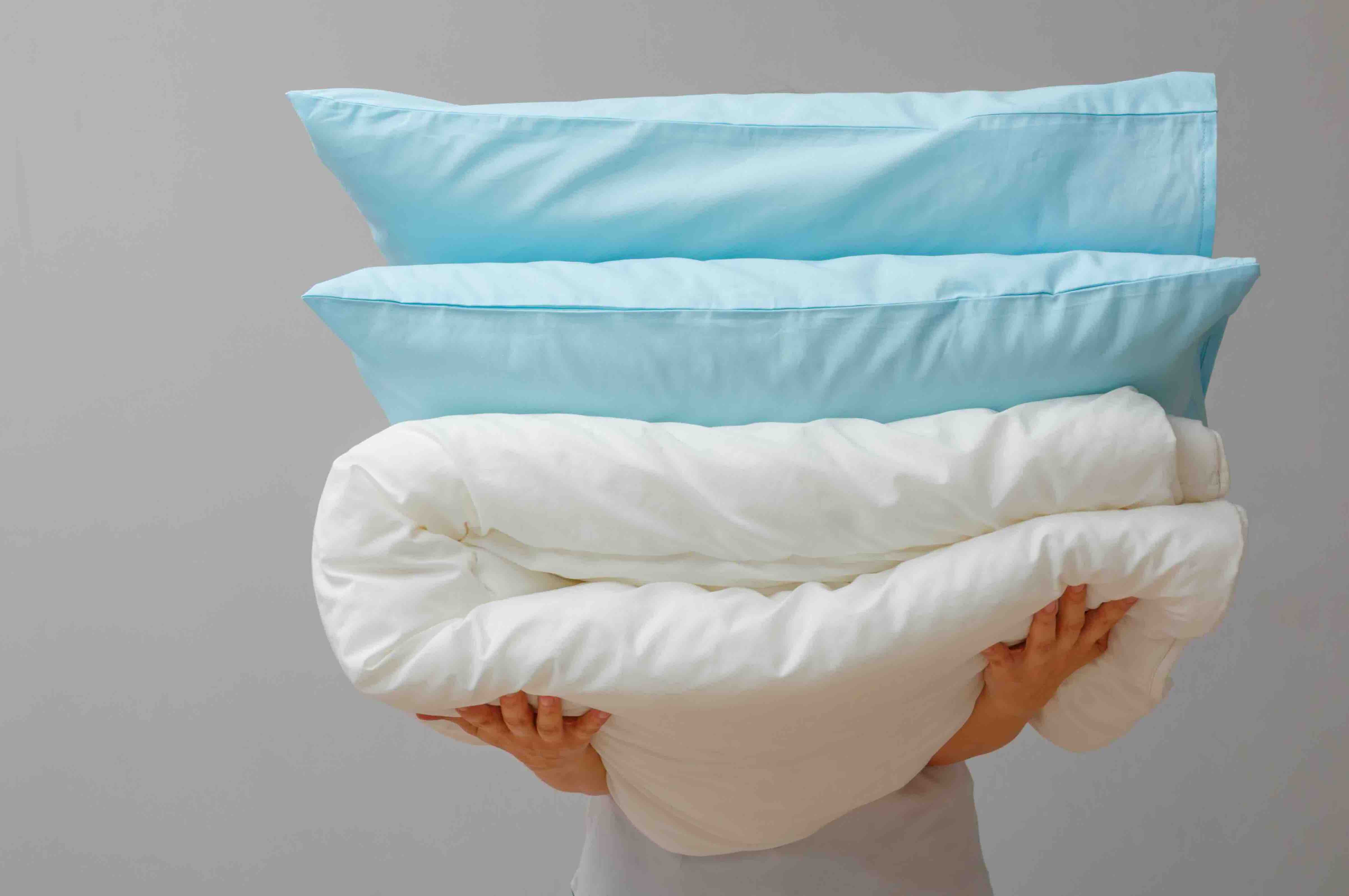
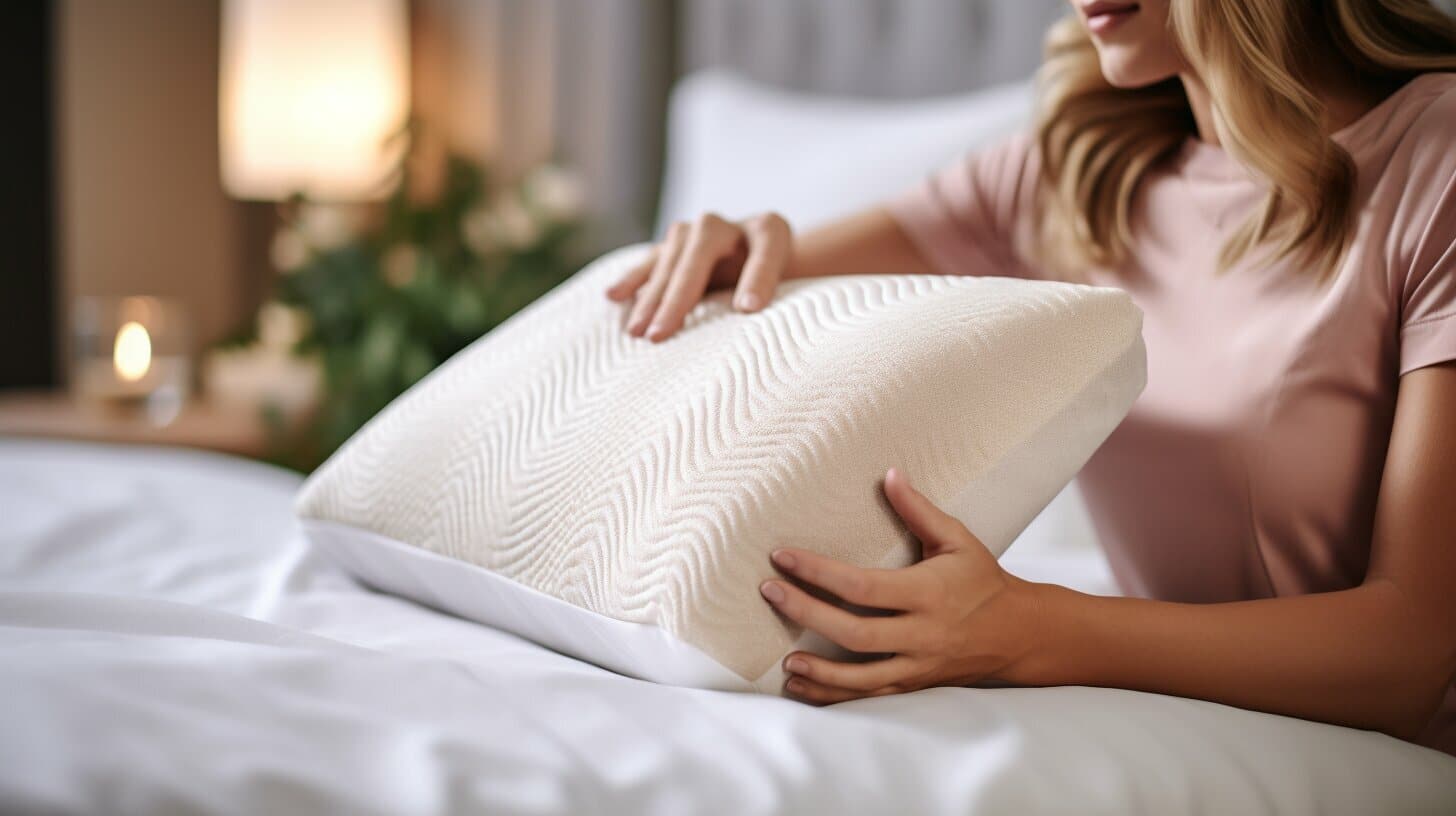

0 thoughts on “How To Store Pillows”